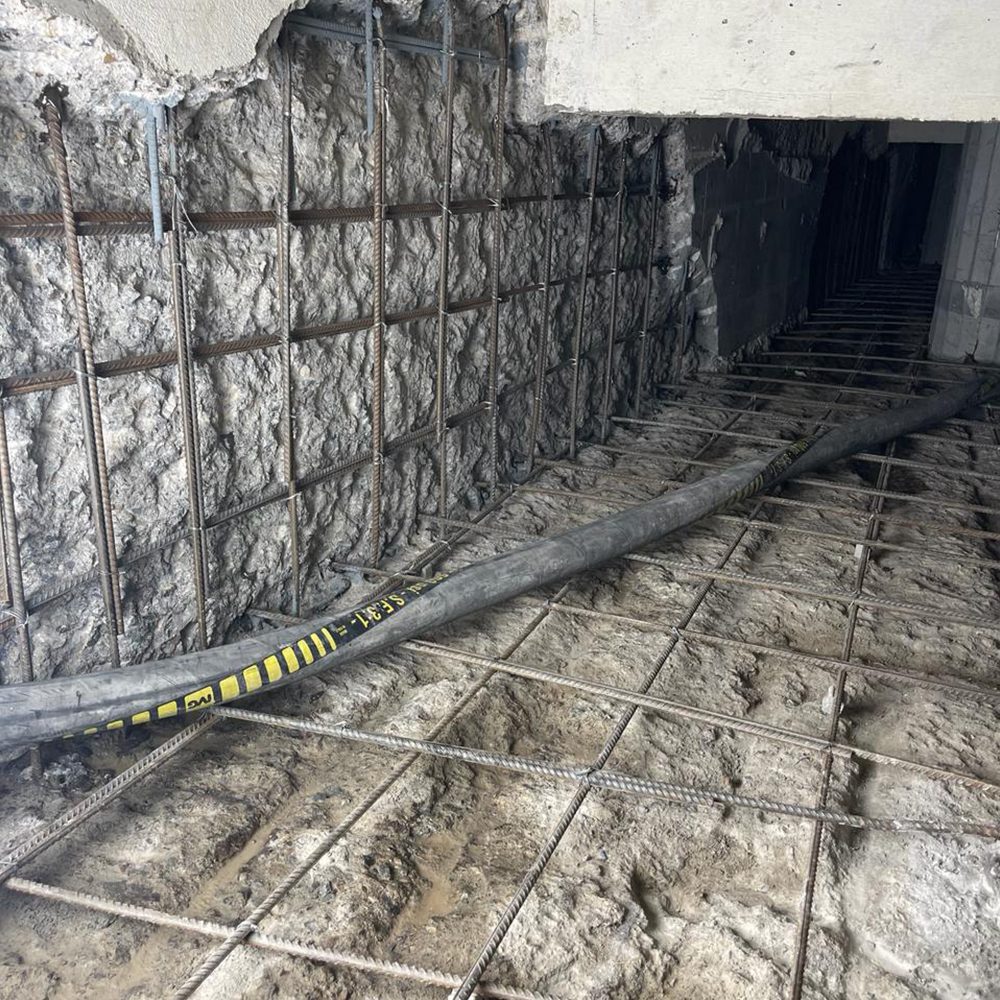Sustainability in Concrete Repair and Reinforcement Practices

Concrete is one of the most widely used construction materials in the world, but its durability is often compromised over time, leading to the need for repair and reinforcement. As the construction industry increasingly focuses on sustainable practices, there is a growing emphasis on finding environmentally friendly and long-lasting solutions for concrete repair and reinforcement.
One of the key aspects of sustainable concrete repair is the use of advanced materials that minimize environmental impact. For instance, the incorporation of recycled materials such as fly ash, ground granulated blast furnace slag, and recycled aggregates into repair mixes reduces the demand for virgin materials and diverts waste from landfills. These eco-friendly alternatives not only contribute to the conservation of natural resources but also help reduce the carbon footprint of repair and reinforcement practices.
In addition to using recycled materials, sustainable concrete repair and reinforcement also involve the application of innovative techniques that extend the service life of structures. For example, advanced corrosion-resistant reinforcing materials, such as fiber-reinforced polymers (FRP), can be used to replace traditional steel reinforcements. FRP materials offer superior durability, reduced maintenance needs, and a longer life cycle, thereby promoting sustainability by minimizing the frequency of repairs and the associated environmental impact.
Furthermore, sustainable concrete repair and reinforcement practices prioritize the implementation of preventive maintenance strategies to mitigate the deterioration of structures. Regular inspection, timely repair of minor defects, and the application of protective coatings can significantly extend the lifespan of concrete structures, reducing the need for extensive repairs and minimizing disruption to the environment.
The adoption of sustainable concrete repair and reinforcement practices not only aligns with environmental stewardship but also offers economic benefits in the long run. By investing in durable repair solutions and employing proactive maintenance measures, stakeholders can minimize life cycle costs, reduce material consumption, and contribute to a more sustainable built environment.
Sustainability in concrete repair and reinforcement practices involves the integration of eco-friendly materials, the application of advanced technologies, and the implementation of proactive maintenance strategies. By embracing these sustainable approaches, the construction industry can mitigate environmental impact, enhance the longevity of infrastructure, and promote a more resilient and sustainable built environment for future generations.